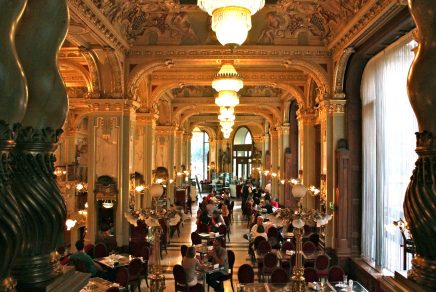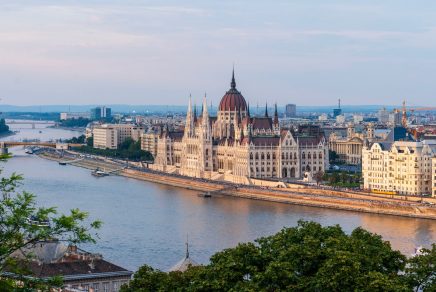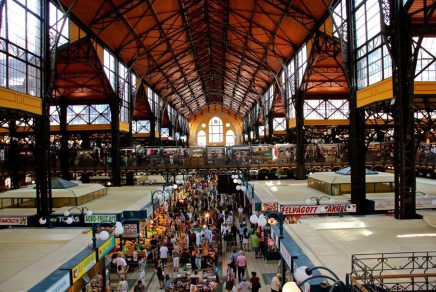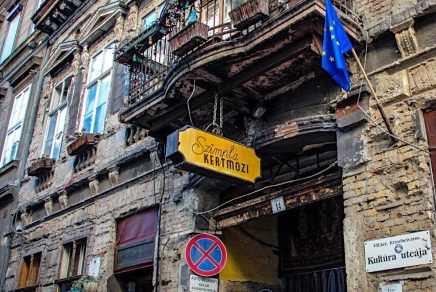Share the article
Nobody likes a two-faced friend, but the two countenances of the Hungarian capital are both equally appealing, and add up to a couple of fabulous destinations in one!
Rarely have I visited a city with such a split personality. Consider the Buda side, clinging to the hills on the west bank of the Danube. At the heart of the Empress Sisi of Hapsburg’s former stronghold there are sumptuous palaces surrounded by residences that once belonged to the nobility of the Austro-Hungarian Empire. These tidy streets are where the beautiful people live, the ones we see in elegant cafés, at the famous Gellert Baths or at the Fishermen’s Bastion (where we snap selfies with sweeping views). Now take a look at the Pest area, which spreads out on a plain across the river and accounts for two-thirds of the capital’s size. Compared to Buda, Pest is the tattooed little sister who bites her nails, works at quirky Pestiside.hu and doesn’t really fit in at Granny’s Sunday brunch.
So much more than the sum of its parts, Budapest ranks third, ahead of Prague and Vienna, on the “world’s 25 most beautiful cities” list compiled by Condé Nast Traveler. And in my opinion, the city’s dual nature has a role to play in its standing…
Budapest: Two Sides

A shore thing
Buda looks down on cheap’n’chic Pest from the western shore, but the truth is, both are dazzling. The real difference between one side of the river and the other is their respective atmospheres. From churches to spa resorts (including Szechenyi, the largest in Europe), and from civilian buildings to museums like the House of Terror, which recounts how communism went terribly amiss, the architectural riches of the urban landscape amazed me.
The country’s history has left its mark on both banks of the river, on Hungary’s gastronomy no less than its buildings. “It was the Italian wife of King Mátyás who brought garlic, figs and pasta to the country,” says Carolyn Bánfalvi, the charming founder of Taste Hungary. “In the sixteenth century, the Turks brought paprika, which became a key ingredient in our national cuisine. They also introduced coffee,” adds the young woman, who organises wine tastings in her cellar in Buda. “And the Austro-Hungarian Empire brought many more foreign influences.” As for Empress Sisi, she bequeathed her passion for cakes to the second capital of her empire.
The Jewish community brought along its own culture and traditions, which flourished for centuries – until, that is, Hungary made the fatal choice to ally itself with Nazi Germany during World War II. In District 7, I was deeply moved by the monumental memorial to the victims of the Holocaust. Afterwards, I decided to celebrate life in the first kosher bakery I saw.
In Pest’s central market, I stopped in at booths overflowing with handicrafts, cheeses, meats, wines from the Tokaj region, tasty lángos (a kind of fried focaccia) and goose foie gras, of which Hungary is the world’s largest producer. With such a variety of products and a new wave of chefs, it’s no wonder that more and more dishes like “duck breast with peach polenta” are beginning to appear in the city’s restaurants!
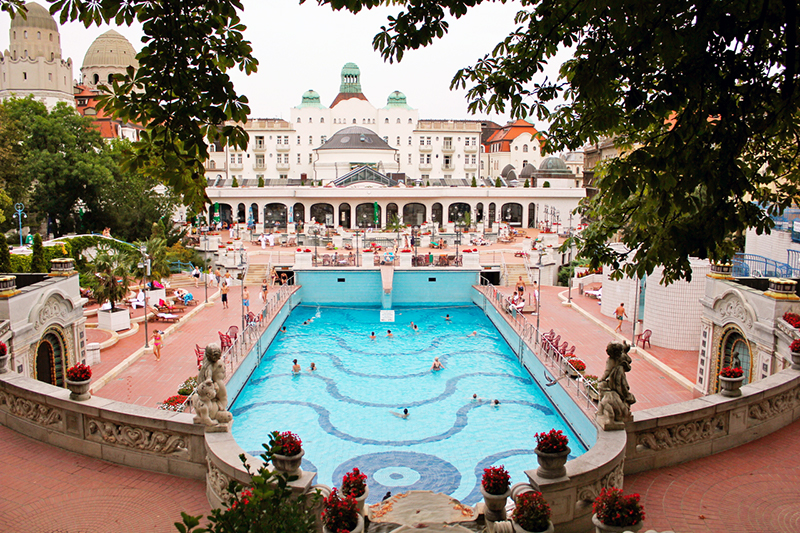
Baths, bars and beyond
By taking advantage of the city’s many thermal springs, the Ottomans introduced another major contribution to the local lifestyle: the bath. The authentically Turkish Rudas Baths, in Buda, took me back to the time of the pashas. What a joy it was to soak in Gellert’s mosaic-covered pools during a “Sparty” (a night event hosted by a DJ). If I had had a little more time, I would have treated myself to a traditional healing mud wrap at Kempinski Hotel Corvinus’s spa. (Not as self-indulgent as you might think: our dollar goes farther than the forint in the land of the Magyars!)
In their uniquely anti-chic way, the romkocsmas (literally translates as “ruined bars”) enliven Budapest’s nights. Back in the early 2000s, young squatters in Pest started improvising bars in the abandoned buildings where they lived. The first one, Szimpla, became an overnight success. Since then, these bohemian watering holes have mushroomed, which is how I found myself at Fogasház one evening, sipping white wine in the former office of a dental surgeon! You guessed it: this city is seriously cool. Just like Pest’s old bus station that now houses a design centre, Margaret Island’s romantic trails and the cable car (kids love it) that ascends Buda to Castle Hill.
At the trendy Blue Fox bar, Bruce Marshall, “music sommelier” or, if you prefer, designer of sound environments at the Kempinski Hotel, had this to say about his adopted city: “It is a jewel and Europe’s best kept secret!” Two jewels in one, really, and I doubt it’ll remain a “secret” much longer.
Vienna ahoy!
Located a mere 250 kilometres from Budapest, the capital of Austria is a complementary destination to consider when visiting Hungary. A short hop by plane, 5-6 hours away by boat, 2 hours and 45 minutes by train, a pleasant drive or even a bike ride along the Danube: there are many ways to get there!
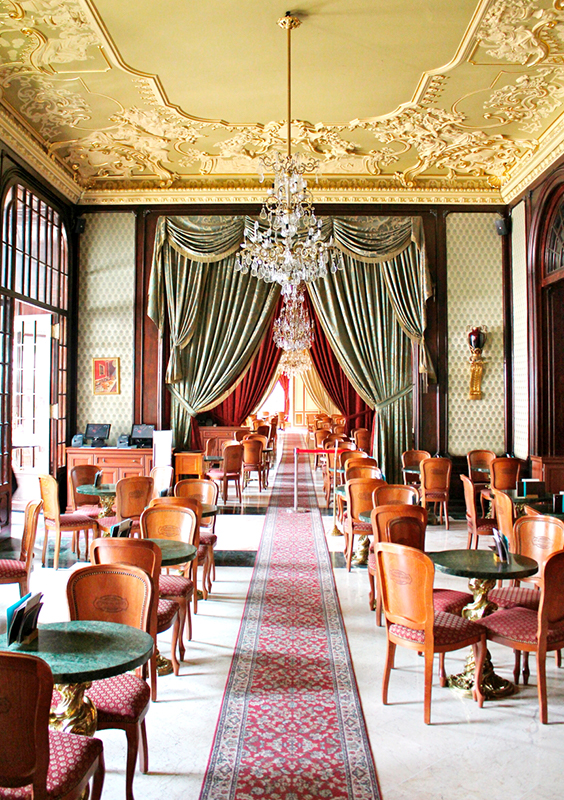
Cakes to diet for
Budapest has a sweet tooth, and it’s hardly surprising: the Hungarian pastry tradition is one of the richest (no pun intended) in Europe! Discover the city’s historical torta and my own favourite pastry shops right here.

